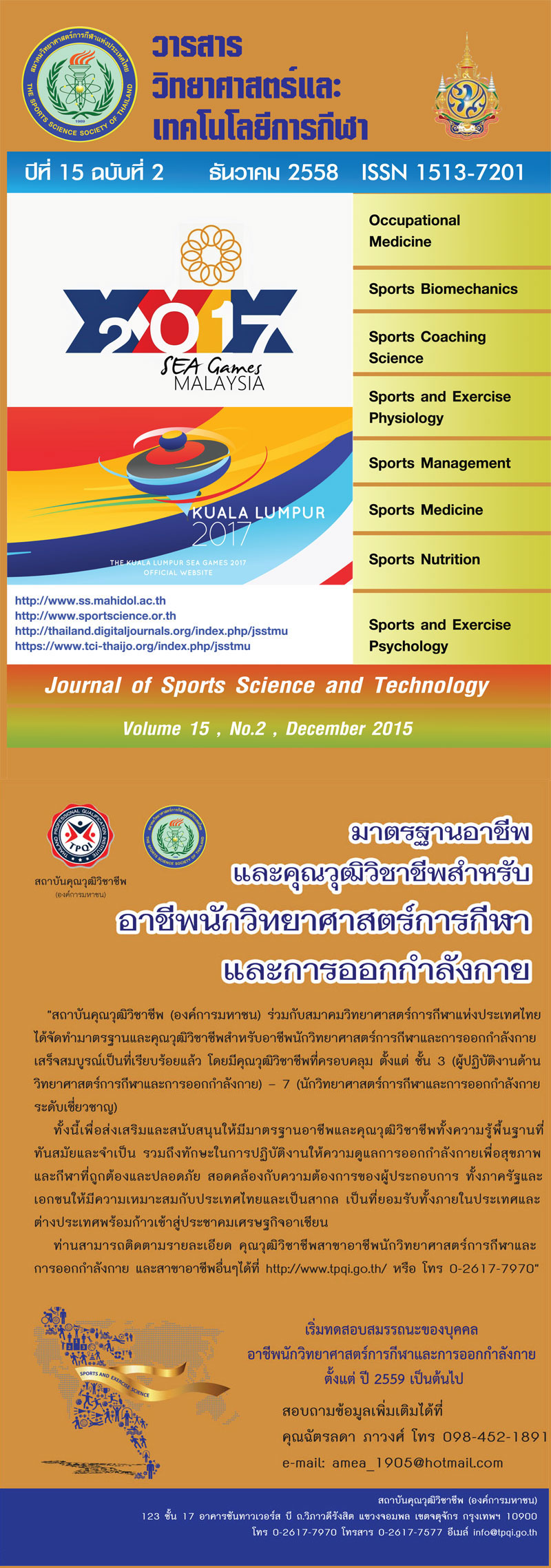STRUCTRAL CHARACTERISTICS OF SPORT ORGANIZATIONS AND THE SPORTING COMPETITION SYSTEM
คำสำคัญ:
Sport Organization, Single Sport Event, Multi Sports Event.บทคัดย่อ
The term of global sport organizational structure have five general assembly authorities are (1) to promote sport; (2) to develop the values and standard of sport; (3) to admit and approve in the standard of competition system, sports equipment and sports personnel; (4) to control and provide supervision and also give reward or a penalty suspend and (5) in corporate with other public sector sports organizations.The structure of sport organizations refers to the global networks that relevant and connect with public sports sector in other continents and nations. The International Olympic Committee (IOC), SportAccord (previously known as GAISF, the General Association of International Sports Federations), International Paralympic Committee (IPC), International Sports Federations (IFs), International world Games Association (IWGA), The Association For International Sport for All (TAFISA), International University Sport Federation (FISU) are the supreme authorities of the word sport organizations. In the continental level are including Olympic Council of Asia (OCA), European Olympic Committees (EOC), Pan American Sports Organization (PASO), Oceania National Olympic Committees (ONOC), Association of National Olympic Committees of Africa (ANOCA) and Continental Single Sport Organization. For the national level, the national sports organizations have a government that varies in each country and the private sector of international sports organization are including National Olympic Committee (NOC), National Sport Association or National Sport Federation (NFs) and National Paralympic Committee (NPC). The structure of a sporting competition, single sport event and multi-sport event are the two basic competition systems that related and consistent with the sports organization in global (international), continental and national level.
(Journal of Sports Science and Technology 2015; 15(2); 225-237)
ดาวน์โหลด
เผยแพร่แล้ว
2015-12-28
รูปแบบการอ้างอิง
1.
PITAKWONG S. STRUCTRAL CHARACTERISTICS OF SPORT ORGANIZATIONS AND THE SPORTING COMPETITION SYSTEM. J Sports Sci Technol [อินเทอร์เน็ต]. 28 ธันวาคม 2015 [อ้างถึง 12 ธันวาคม 2025];15(2):225-37. available at: https://he01.tci-thaijo.org/index.php/JSST/article/view/44949
ฉบับ
ประเภทบทความ
Research Article






